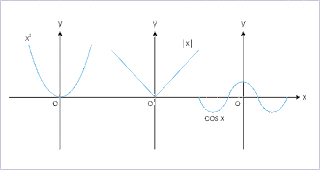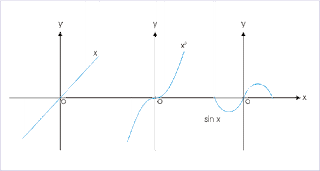
Well my name is Jackey. My birthday is on the 4th of October and I'm currently sixteen years old. I dislike rude people =p. I can be pretty talkative, most people who know me already know that about me. Sometimes I annoy myself because i talk to much and i tend to get distracted very easily which is something I'm working on. I'm a huge doodler, especially on myself which people tell me can lead to skin cancer but oh well i cant help myself. I'm a huge adrenaline junkie which tends to get me in alot of trouble. I love reading believe it or not, I'm currently reading East of Eden [great book btw, well so far]. I like playing basketball, with
JOYCE especially.
I'm a pretty blunt person. I love
all types of music except country. I like old school rap and hip-hop, its not the same now-a-days. My favorite band is The Smiths!!! and Morrissey of course. I hope i didn't get off to a bad start in this class but i kinda feel like a already did especially with the coming late and stuff. Well hopefully i can turn that around.



